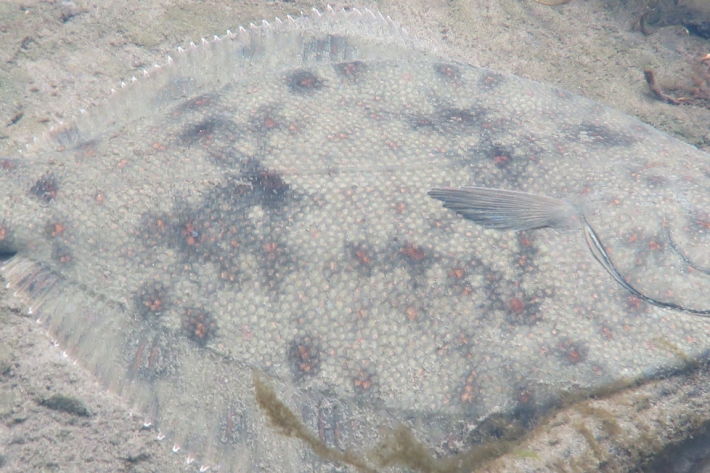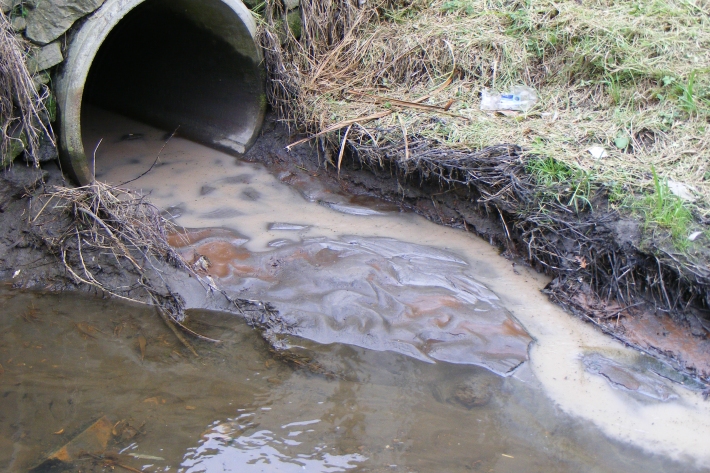-

Tuna - diet
Longfin eels are the largest and longest-lived fish in New Zealand's freshwaters, and where they are present they are the top predator. -

Taonga Species Series: Pātiki
Feature story06 June 2017What does science tell us about New Zealand flounder? -

Tuna - maturation and identifying sex
The sex of tuna is not determined genetically, as in some other organisms. -

Tuna - age and methods of ageing
Knowing the age (i.e. proportion of young vs. old) of eels in an eel population provides an understanding of how fast they grow and may give an indication of the pressures faced by tuna in a particular environment or habitat. -

Tuna - tuna heke (downstream migrants)
Every year, a proportion of eels mature and migrate to sea to spawn. Once eels become migrants (also known as tuna heke or tuna whakaheke) they stop feeding, and progressively develop the external features that clearly distinguish them from 'feeders'. -

Tuna - spawning grounds
All species of freshwater tuna spawn at sea, although the spawning grounds of only four species are known with certainty worldwide. -

Tuna aquaculture - New Zealand
New Zealand's first eel farm was established in 1971. Despite other farms opening in later years, no eel farms remained by the start of the 1980s. -

Kaitiaki Tools
ServiceKaitiaki Tools is a store of knowledge for people who manage natural resources. -

Tuna - glass eels
Glass eels (about 5.5 to 7.0 cm) arrive in fresh water during spring, especially during September and October, although they may be present from July to December. -

Instream barriers and altered water flow
Instream barriers and diversions alter the natural flow of rivers, streams, and lakes. -

Tuna - elvers and recruitment
Once in freshwater, glass eels develop into darker pigmented juvenile eels known as elvers. -

Mitigation and best practice options
Some simple steps to minimise the effects of wastewater on water quality and mahinga kai.
